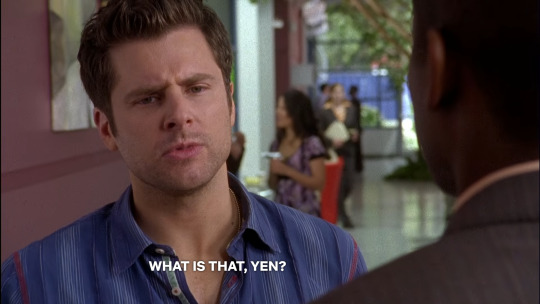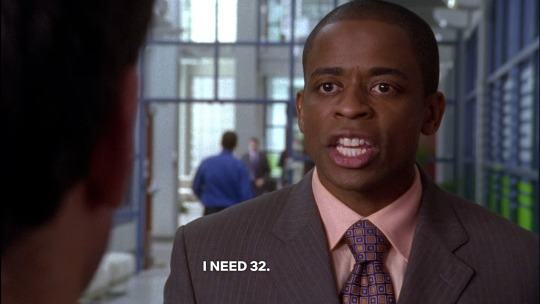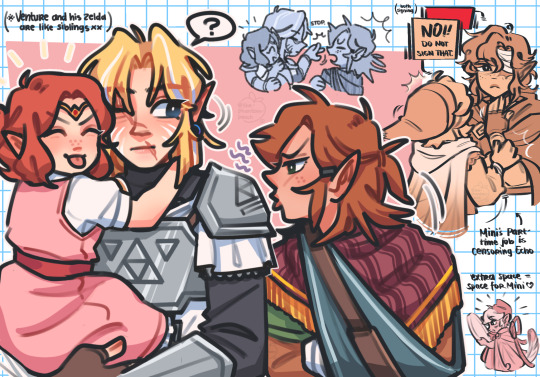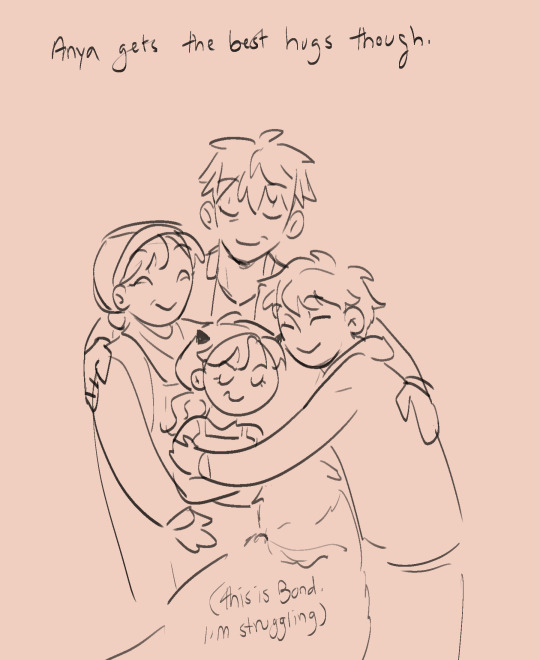#that’s a better name
Explore tagged Tumblr posts
Text



million in one girl
#and they are right i’ve never won#not on the pokies anyway#what do you guys call pokies? slots#that’s a better name#me#blog post#my photos#i am gia#wardrobe
18 notes
·
View notes
Text
Well I like it but it’s not very well written. Also it’s a visual mess. The plot doesnt make any sense and the creators suck and its politics oscillate from mildly problematic to frankly baffling. I wouldn’t recommend it to anyone. However. the character
#warlock wartalks#too many to name..goodbye world#now that this is getting notes I would like to officially state I was thinking abt Torchwood and several comic properties when making this#also great cities which yall know is close to my heart but I have an entirely different set of issues w its politics#mostly that nkj can do better
51K notes
·
View notes
Text
how to explain to non-americans that the better call saul ads aren’t exaggerated for comedic effect they are super normie

#better call saul#[name rhyme] did someone hurt you? I’ll kill them. I’ll make them suffer. i’ll burn the world down until we are the last 2 in it#local lawyer tag
77K notes
·
View notes
Text
David Tennant for Prime Minister, please.


edit- Since this is getting so much attention, edited to include descriptions of screenshots.
This woman has lost her fucking mind.
Jo, are you okay?
#Fuck your Rowling#Fuck terfs#David Tennant#Fuck Harry Potter#And everyone who watches Rowling’s new Harry Potter show#little whinging fuckers#gender taliban?#have you completely lost your mind JKR#maybe just stop being a little whinging fucker JKR#if he's smart he would never want this job because it's a horrible one but we'd be so much better off with a sane person in charge#But seriously Rowling are you okay?#does she look tired to you?#well I guess this has broken containment#He didn’t actually say you’re name JKR#he just called out transphobes and you assumed he was talking about you#which says you know exactly what you are and identify as a transphobe#says a lot#described
21K notes
·
View notes
Text

#ok no but for real this is genuinely my friend group.#the only one that's a little iffy is the anime catgirl bc 98% of us are dudes. with the exception of me and one other#we even have a union guy 😭#side note chilchuck's name would 100% be Chris if he was a real guy. he's such a Chris. (I mean it COULD be chuck but. Chris is better)#dungeon meshi#delicious in dungeon#senshi of izganda#izutsumi#marcille donato#laios touden#chilchuck tims#chilchuck#falin touden#astronomically random
55K notes
·
View notes
Text

mentor
#my art#jujutsu kaisen#jjk#jjk fanart#jujutsu kaisen fanart#gojo satoru#megumi fushiguro#jjk art#jjk spoilers#jjk manga spoilers#jjk leaks#pulled another allnighter fr Angst's sake cries i havent slept.......but i couldnt help myself i was out all DAY i hadnt drawn all DAY#do u know what that does to a mf i felt all antsy and Wrong#so i cracked an energy drink i think i may have a problem honestly but hey at least u get ur daily dose of megumi angst#remember how i said i considered including gojo in the yuuji/tsumiki/megu squared train piece#well this is me making up fr Not including him there#i ws right his and megumi's relationship deserves its own homage smile :)#anyway @ anon who wanted a gojo/megumi hug.....ik it's not exactly a hug but you can forgive me im sure <3#dare i say it's better than hugs jeremy.....#honestly fr all my gripes w gojo i Did get kind of emo abt this?? but i feel like. the majority of my emotions r on megumi's behalf#also might have been the mukashi mukashi no kyou no boku on repeat that'll also do it#seriously debated putting translated lyrics as the caption but it feels like a copout doing 2 lyric-captions in a row#also i do have some shame. miku lyrics r a bit.#anyway art notes uhhhhh finally got gojo's hair to not look Yuuji#who knew the trick was to make it longer smh maybe sleep deprivation n 10 hours of staring at a screen Does make simple problems hard#oh file name 'proud of you' btw
16K notes
·
View notes
Text






i cant believe they drop this bomb then just move on
#name a better may as well be married partnership#psych#IMMEDIATELY followed by 'dont you dare go boneless on me shawn'
11K notes
·
View notes
Text

and this is why they both fell for her
#wicked#gelphie#elphiyero#wait that’s probably not their ship name bc it’s too good#YUP apparently it is#fiyeraba#can fandoms start naming ships better#wicked movie#elphaba thropp#fiyero tigelaar#glinda upland
6K notes
·
View notes
Text

The twins really took one look at Ernesto's flags and said 'red is my favourite colour'
#yes I'm using his english name#I'm sorry Fellow fans#if it makes it any better I headcannon he has like 20 different names#twst#twisted wonderland#is my art
4K notes
·
View notes
Text

William Afton has top tier FNAF parenting skills
#myart#chloesimagination#comic#fnaf#five nights at freddy's#fnaf fanart#willaim afton#henry emily#dave afton#david afton#cc fnaf#evan afton#afton family#fredbear#fnaf survival logbook#fnaf 4#HUGE day for cc enjoyers#idk if yall seen Hyper Droids theory on CCs actual name#seeing a lot of the names was a stretch of how they were found etc#I think it checks out BAHA#I’m usually hesitant to use any name for cc outside of cc#but I think Dave/David makes sense#it especially fits better with his siblings names#Michael Elizabeth and David#I can’t believe William forgot his own sons name ohh noo#top tier parenting grade A for will#but least cc is use to being called the wrong things#sorry lil man we didn’t figure this out for so long#I’m so glad I can call him by a name now over CC though 🩵
6K notes
·
View notes
Text










they both got bonked for being silly.
#long post#my art#changeling au#zoe's angle is that she wont be “friends” with someone if she doesnt own their name#so marinette being super kind to her but not being owned by her has been driving her up the WALLS#so clearly. do as the chloe does. make a mess#clean it up while playing the victim of circumstance#bam! free marinette!!!#problem is she's engaged to Luka#so shit like this does NOT slide like it has with Zoe's other friends#zoe lee#luka couffaine#adrien agreste#felix fathom#felix is here to play referee in case they all go fucking nuts#luckily luka has better self control than that. and just let himself look scary to emphasize a point#oh also. adrien is like. a cat peacock thing. and zoe is a cat bee thing. so the bi. birds. and thuh. the bees LMAO
5K notes
·
View notes
Text


so like imagine Undertale characters but they're all crafts supplies Part Two Electric Boogaloo (Sans and Papyrus) (Toriel and Asgore) (Frisk and Flowey) (Napstablook and Mettaton)
#undertale arts & crafts#undertale arts and crafts#<- ive decided maybe this is a better name for it#craftstale#<- i worry that this name might give people the wrong impression... like Minecraft?#these are fun to make... i have so many ideas for them already-- not just as individuals but the whole underground ;P#BY THE WAY!! I READ ALL OF YOUR TAGS AND IT MAKES ME SO HAPPY WHEN YOU GUYS COMMENT ABOUT THEM AND MAKE SPECULATIONS!!!!!!!!#I Will Say Though ☝️I Have Most Of Them Already Figured Out... So You Will All Just Have To Wait And See What I Do With This AU ;P#i hope you guys like what i have come up with...#Undyne is a push pin and Alphys is washi tape :]#undertale#undyne undertale#undyne#alphys#alphys undertale#push pin undyne#washi tape alphys#undertale au#utmv#cheese draws
2K notes
·
View notes
Text










mmmm something something time rift blah blah yada yada ✨links meet au✨
#I said I would eventually make some kind of links meet content#I don’t know what to title this au#uhhmm#you guys are better at naming things than me#anyways I almost imploded from having the worst art block of my career#legit thought I’d never pick up a pen ever again but alas <3#forgive my absence it was a rough two months#the legend of zelda#legend of zelda#tloz#loz#zelda#zelda au#links meet au#rift au#ougg I gotta tag all that?#skyward sword#twilight princess#echoes of wisdom#oracle of seasons#wind waker#minish cap#ocarina of time#breath of the wild#tears of the kingdom#first hero#hyrule warriors#art#artists on tumblr#my art
3K notes
·
View notes
Text
Titans: ...what do you have there, Roy?
Roy: oh! This is my daughter, Lian! Say hi Lian!
Titans: She doesn't much look like you...
Roy: oh yeah she takes after her mom more
Titans: and who is she?
Roy: Chessire
Titans: ......the assassin who has tried to kill us so many times?
Roy: Yep!
Titans: ......okay, warn us next time when you get into a relationship, please-
-
Roy: Hey! I know it's been a while, but I thought I should tell you, I'm dating someone!
Titans: oh, we're happy for you! Who is it?
Roy: Red Hood
Titans:
Roy:
Titans:
Roy:
Titans: .....the same Red Hood who cut off people's heads and put them in a bag, attacked the Tower and has tried to kill or maim Batman and everybody else in Gotham multiple times?
Roy: Yep! 🥰
Titans: .......we are sensing a pattern here and it's a worrying one-
#roy harper the certified villain fucker#he has a very specific taste#dark haired criminals with a traumatic past whose names start with a j#everyone: roy blink twice if you are in danger#roy: awww guys he isn't like that anymore-#everyone: he shot someone in live tv last week!#roy: everyone makes mistakes! and the guy didn't even die!#everyone: THAT DOESN'T MAKE IT ANY BETTER#roy: YES IT DOES#dc#jayroy#roy harper#jason todd#arsenal#red hood
6K notes
·
View notes
Text


I want anya to be a short queen. like loid and yor are both relatively tall, and any possible future kids kinda inherit that, but anya remains at anklebiting level. as she should
edit: apparently my handwriting is illegible. Anya's height says 5'0, NOT 5'6. I also put their cm heights (I could insert a joke about Americans not knowing metric systems or reading but I am an American too so alas)
#no name for the forger boy lol#also yeah bond is infinite years old what about it? WHAT ABOUT IT?#my left wrist is hurty :( hopefully its better when i wake up otherwise i should probably stop drawing with it.... sigh#spy x family#my art#loid forger#sxf#yor forger#twiyor#anya forger
4K notes
·
View notes